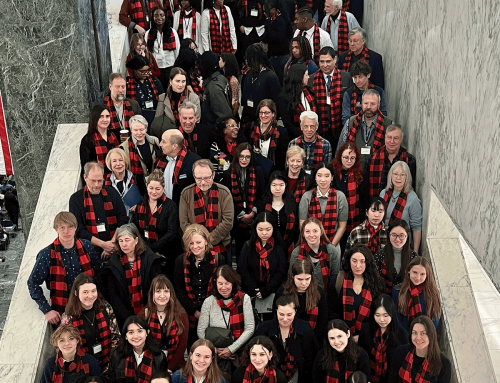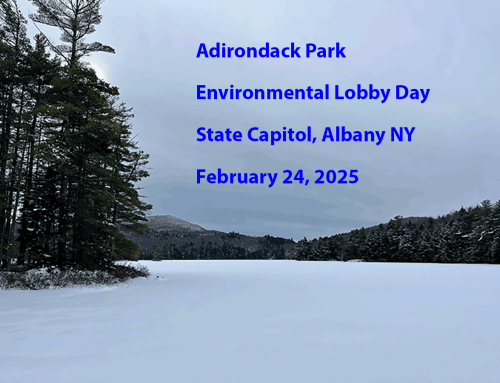Dick Booth stepped down from his position as a member of the APA Board in June. He had served since 2007, when he was appointed by then Governor Eliot Spitzer. Booth had long been a lone voice of reason on the APA Board where decisions are not made by the APA Board but by the Governor in Albany. Booth had watched the APA’s oversight of the Department of Environmental Conservation usurped and all but eliminated. He was outspoken in his criticism of the Governor and issued a blistering statement in March of 2016 where he stated: “For many months, the Governor and the Governor’s staff have forced the Agency toward the result reached today. They have done so by rigidly controlling what analysis state agency staff was allowed to prepare and present to the Agency. They have rigidly controlled what materials Agency staff may prepare and present to the Agency. We have not had a full and open discussion on what in fact were all the issues reflecting the action that we have taken today.”
In this statement, Booth called upon Governor Cuomo to fix the problems he has made at the APA: “The State Land Master Plan, at the bottom line, was adopted to make the state government honest about the way it’s going to manage the state lands and if it’s going to change those rules it needs to go through an open and complete public discussion of those possibilities. The State Land Master Plan amendment process therefore regarding major amendments, not the everyday normal amendments that we do each year, the major amendments, has to be repaired. Governor Cuomo has to lead that effort to repair it and he has a responsibility to do so.”
After being replaced by new Board members at the end of June, Booth issued a statement entitled State Land Master Plan Classifications Of Large-Acreage Forest Preserve Acquisitions Where Special Resource Values Exist and Potential Classification of The Boreas Ponds Tract.
This statement is blunt and accurate. Here’s a sample:
“In recent decisions the Agency has decided (not unanimously) to permit the public’s use of bicycles on miles of bicycle trails in the Essex Chain Lakes Primitive Area and the Pine Lake Primitive Area and to permit the NYS Department of Environmental Conservation (hereafter DEC) to maintain those trails with motor vehicles. Those decisions reflect the Agency’s willingness (as well as willingness on the part of the DEC and the Governor) to ignore what the SLMP requires — and in particular, to ignore the Master Plan’s existing language that defines Primitive Areas as “essentially wilderness in character” and its very clear intention that Primitive Areas should be managed as closely as possible to the ways in which Wilderness Areas are required to be managed. (SLMP, Section II, pages 25-28) At a minimum those decisions cast doubt on how two very important Primitive Areas will be managed in the future. They also cast doubt on how all areas of the Forest Preserve classified pursuant to the SLMP will be managed because those decisions flow from choices consciously made by state officials to ignore the Master Plan’s purposes and mandates. In writing this memo, I have assumed that those recent Agency decisions were clearly in error and that at some time in the future those errors may be corrected.”
Booth also stated:
“This memo has urged close attention to the letter of the SLMP. In closing, I urge that the Adirondack Park Agency pay very careful attention to its spirit as well. The Master Plan forcefully favors the protection of large, wild, remote, high resource value tracts of the Adirondack Park’s Forest Preserve lands from intensive human use, including motorized uses and motorized access. The SLMP does so because it is vitally important that people have meaningful and extensive opportunities to experience nature in its unbridled form without many of the intrusions of the modern world. Protecting those opportunities today is increasingly important and difficult because the world in 2016 is so much more crowded and busier a place than it was in 1972. Protecting and enhancing those opportunities will become ever more significant and ever more challenging as the decades proceed, as new generations arrive, and as technology wears away at more and more of the world’s natural fabric. The members of the Agency, now and far into the future, bear and will bear the responsibility — and must bear the responsibility — of making certain that the Master Plan’s spirit lives and thrives.”
This is an important statement in the history of Forest Preserve management. Protect the Adirondacks salutes the work of Dick Booth on the APA and applauds his courage to speak out against a pattern of abusive management decisions by the APA and DEC for to the Forest Preserve.





